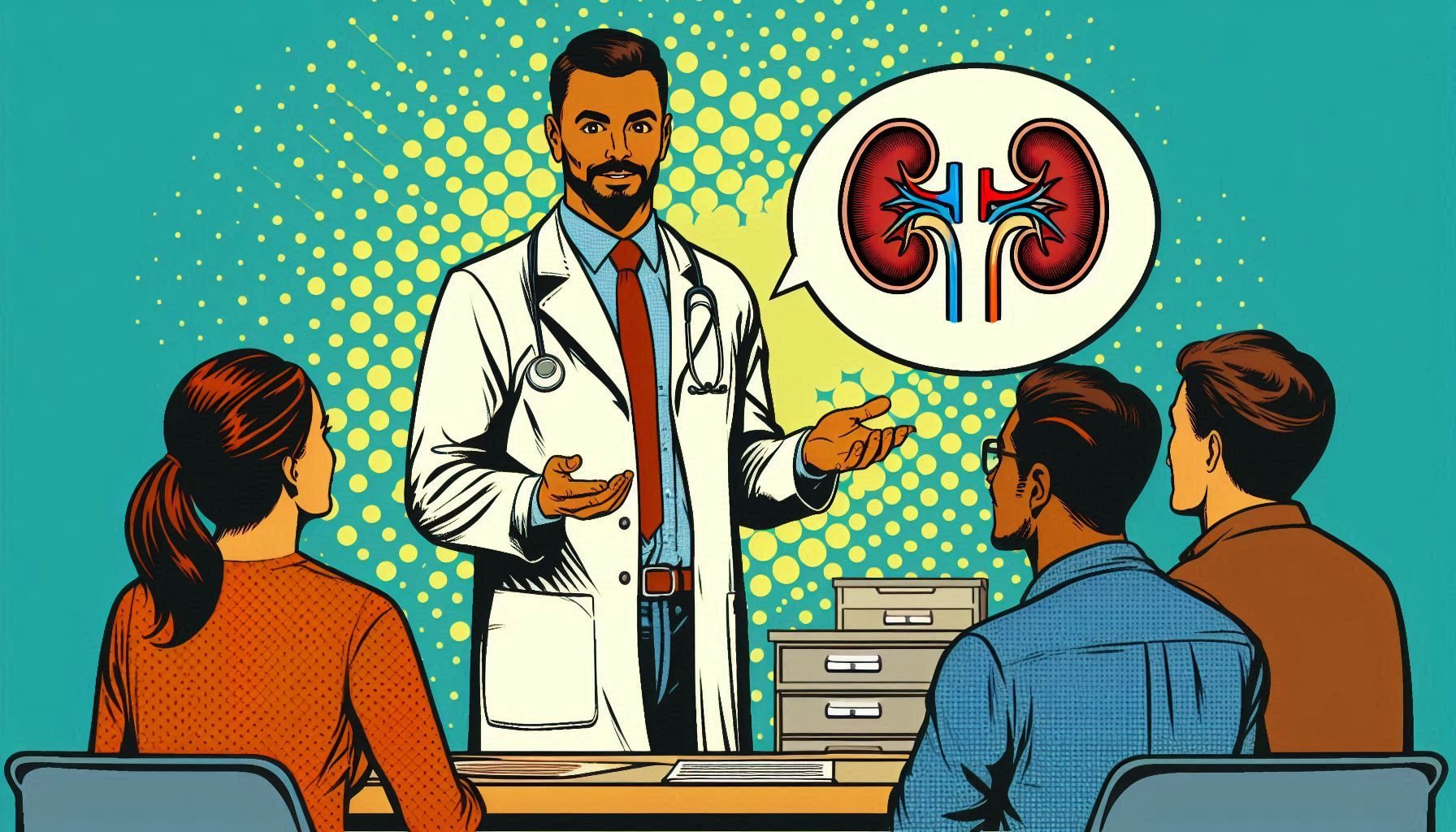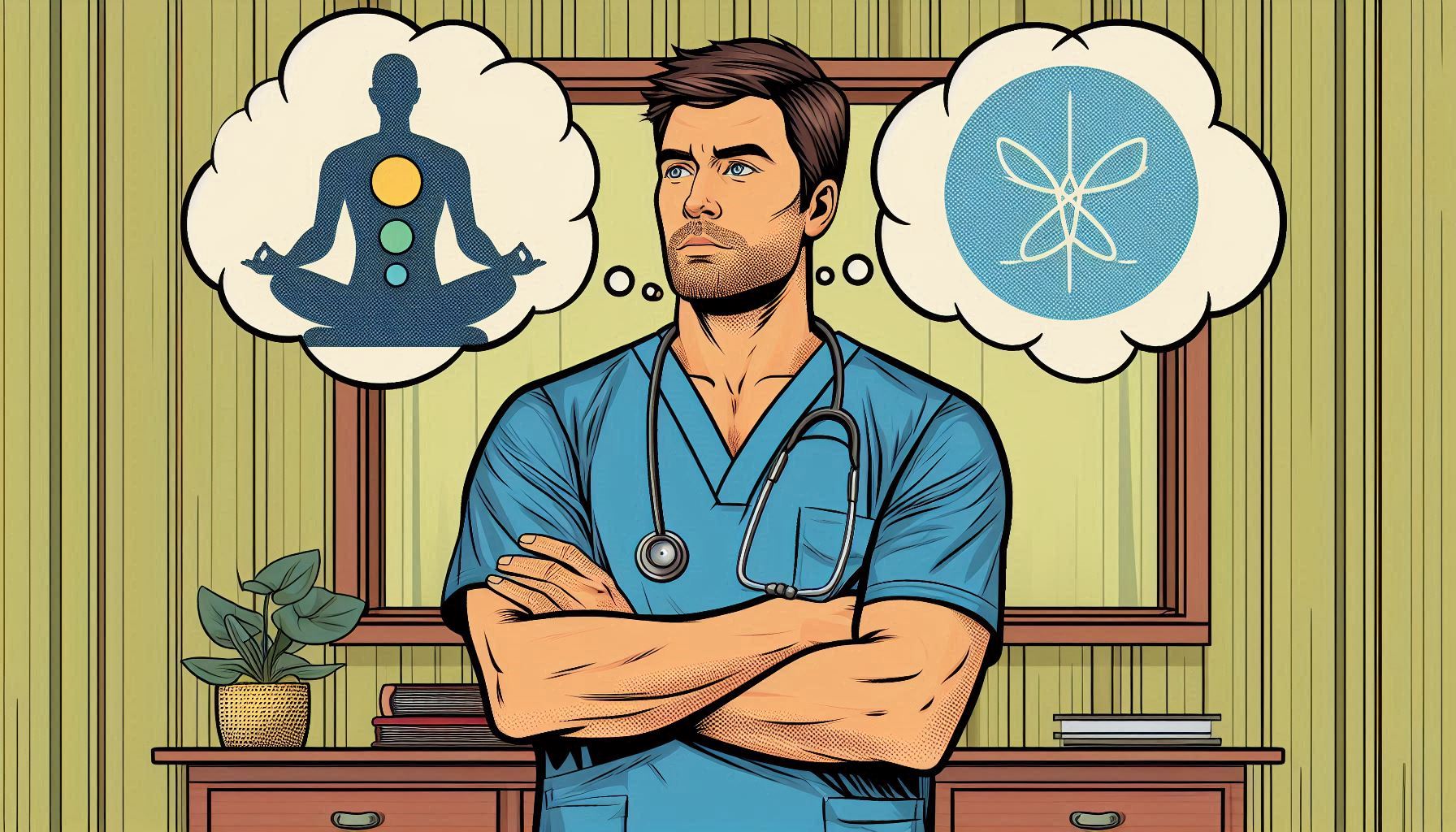Your cart is currently empty!
The hidden link between high blood pressure, diabetes, and kidney disease

Why Kidney Awareness Month Matters to Me
Losing a loved one to kidney failure was a painful experience that forever changed my perspective on traditional healthcare. Late diagnosis, poor to no provider communication, and delayed treatment played a significant role in their outcome. A sad reality that affects far too many people, especially within communities of color.
Raising awareness about kidney disease isn’t just about sharing statistics; it’s about saving lives by recognizing the risk factors early and taking action before it’s too late.
The Metabolic Connection That Puts People at Risk
Chronic kidney disease (CKD) doesn’t appear out of nowhere. It’s often the result of underlying metabolic conditions like high blood pressure (hypertension) and diabetes. These conditions damage the kidneys over time, reducing their ability to filter toxins from the blood. The risk is even higher in communities of color, where factors like genetics, diet, food deserts, and access to quality healthcare create a perfect storm for kidney disease to develop undetected until it’s too late.
Kidney Disease Risk Factors, the Triple threat
The human body is a complex, high functioning machine with the kidneys serving as the diligent waste disposal unit. However, there are three major kidney disease risk factors that can compromise this system, often working in tandem to create significant health issues.
Here’s how they relate…
- High Blood Pressure, the constant strain: Elevated blood pressure forces the heart to work harder and can damages blood vessels in the kidneys, making it harder for them to function properly. This burden diminishes kidney function and makes existing kidney problems worse.
- Diabetes, the silent invader: High blood sugar levels can inflict damage on the small blood levels in the kidneys, impairing their ability to filter waste efficiently. Over time, this can lead to chronic kidney disease (CKD).
- Kidney Disease, a progressive threat: CKD develops silently itself, with symptoms appearing only in advanced stages. As kidney function declines, it complicates the management of blood sugar and blood pressure, creating a vicious cycle that is often challenging to break.
The Fear of CKD and ESRD: What’s at Stake?
One of the biggest fears associated with CKD is the progression to end-stage renal disease (ESRD), where the kidneys fail completely. At this stage, dialysis or a kidney transplant becomes necessary to survive. The thought of being dependent on machines or facing the challenges of finding a donor is often overwhelming.
Beyond the physical burden, CKD and ESRD come with emotional, financial, and social challenges. Many patients experience depression, anxiety, and feelings of helplessness.
The financial costs of treatment can be staggering, and the impact on daily life is profound. The need for frequent dialysis treatments disrupts work, travel, and personal relationships.
But the most devastating aspect?
The fact that, in many, many cases, CKD could have been prevented or slowed down with earlier intervention. Something as easy as teaching or coaching session.
How CKD Disproportionately Affects Communities of Color
Health disparities play a major role in the prevalence and outcomes of CKD. Studies show that African Americans, Hispanics, and Native Americans are at a higher risk of developing CKD due to genetic predisposition, socioeconomic factors, and barriers to healthcare access. Many individuals in these communities do not receive early screenings or adequate education about kidney health, leading to later-stage diagnoses and poorer outcomes. Addressing these disparities through awareness, community outreach, and how we approach health and disease is critical in fighting CKD.
Why Early Detection is Crucial
One of the most dangerous aspects of CKD is its silent progression. Many people don’t realize they have it until kidney function is significantly impaired. However, by the time symptoms appear, significant damage has already been done.
Early detection through regular screenings can help slow or even prevent further damage. Simple blood and urine tests can reveal kidney dysfunction long before symptoms emerge, giving individuals the opportunity to take action.

The Impact of CKD on Daily Life
Living with CKD requires significant lifestyle adjustments.
Managing diet, staying mindful of fluid intake, taking prescribed medications, and attending regular medical appointments become a tiring way of life. As the disease progresses, symptoms like fatigue, swelling, and nausea can become more debilitating, making daily tasks even harder to manage.
Those who reach ESRD must endure the exhausting cycle of dialysis multiple times a week, further complicating their ability to maintain a normal routine.
The emotional toll can be just as heavy as the physical one, with many patients experiencing isolation and depression due to their condition.
Warning Signs of Kidney Disease
- Fatigue and weakness
- Swelling in the ankles, feet, or hands
- Dry and itchy skin
- Blood in urine or foamy urine
- Difficulty concentrating
- Persistent itching or dry skin
- Loss of appetite and unexplained weight loss
If you or a loved one is at risk, don’t wait. Ask your healthcare provider about your risk factors for kidney disease and kidney function tests, especially if you have high blood pressure, diabetes, or a family history of kidney disease.
What’s next?
In next week’s article, we’ll dive into how you can reverse or slow the progression of CKD naturally and functional medicine approaches that doctors don’t always discuss.




